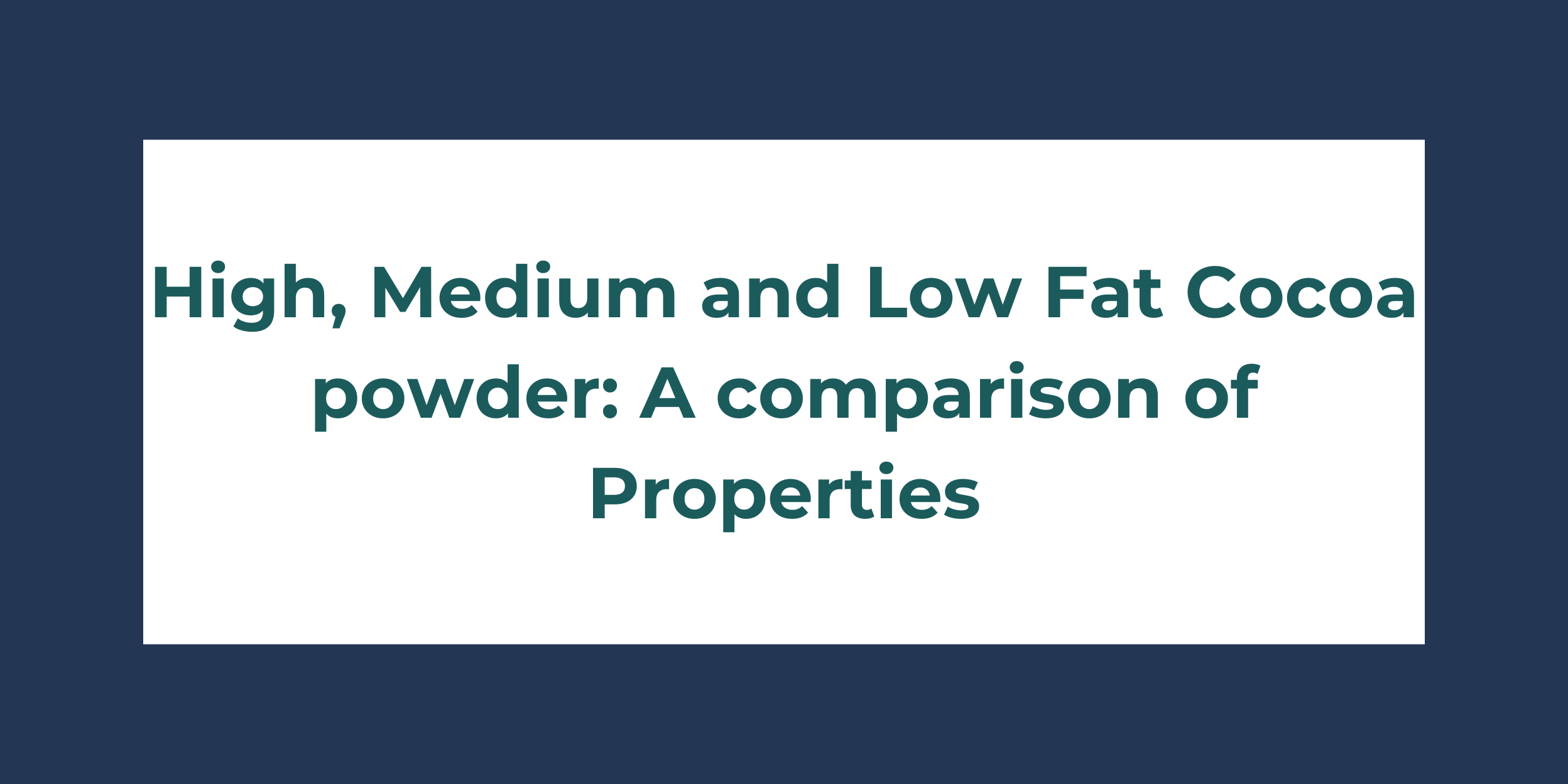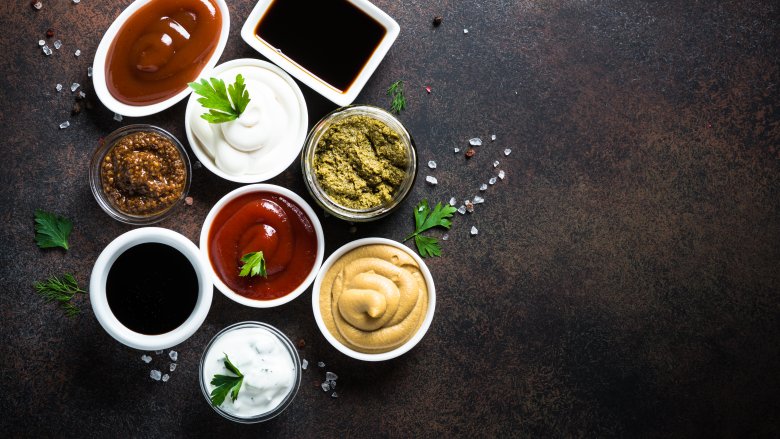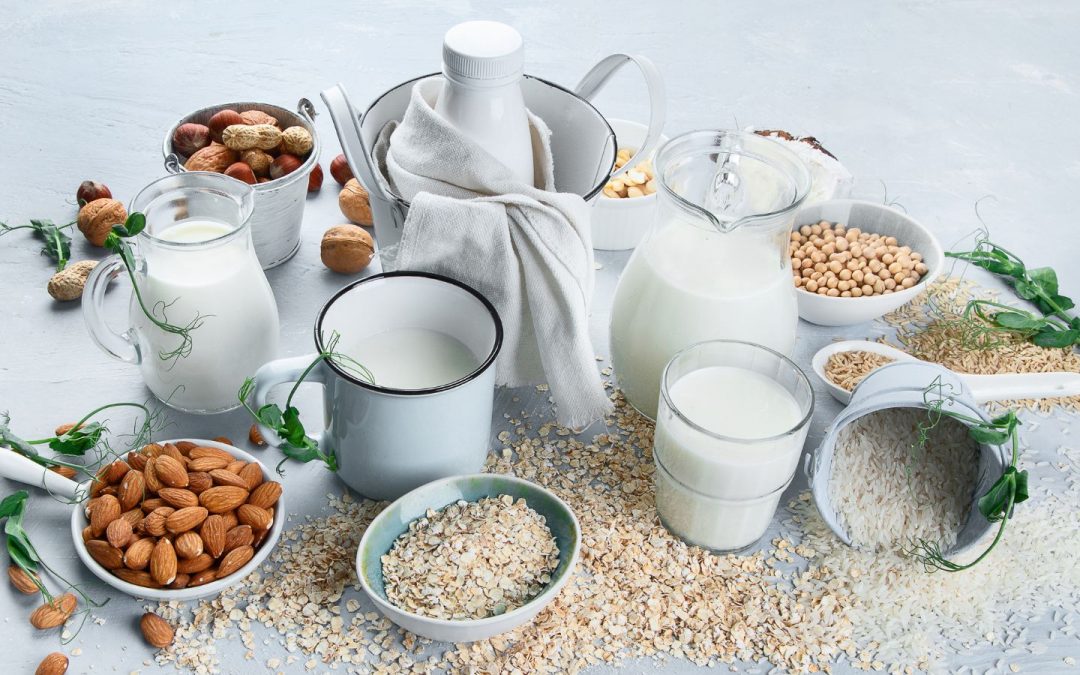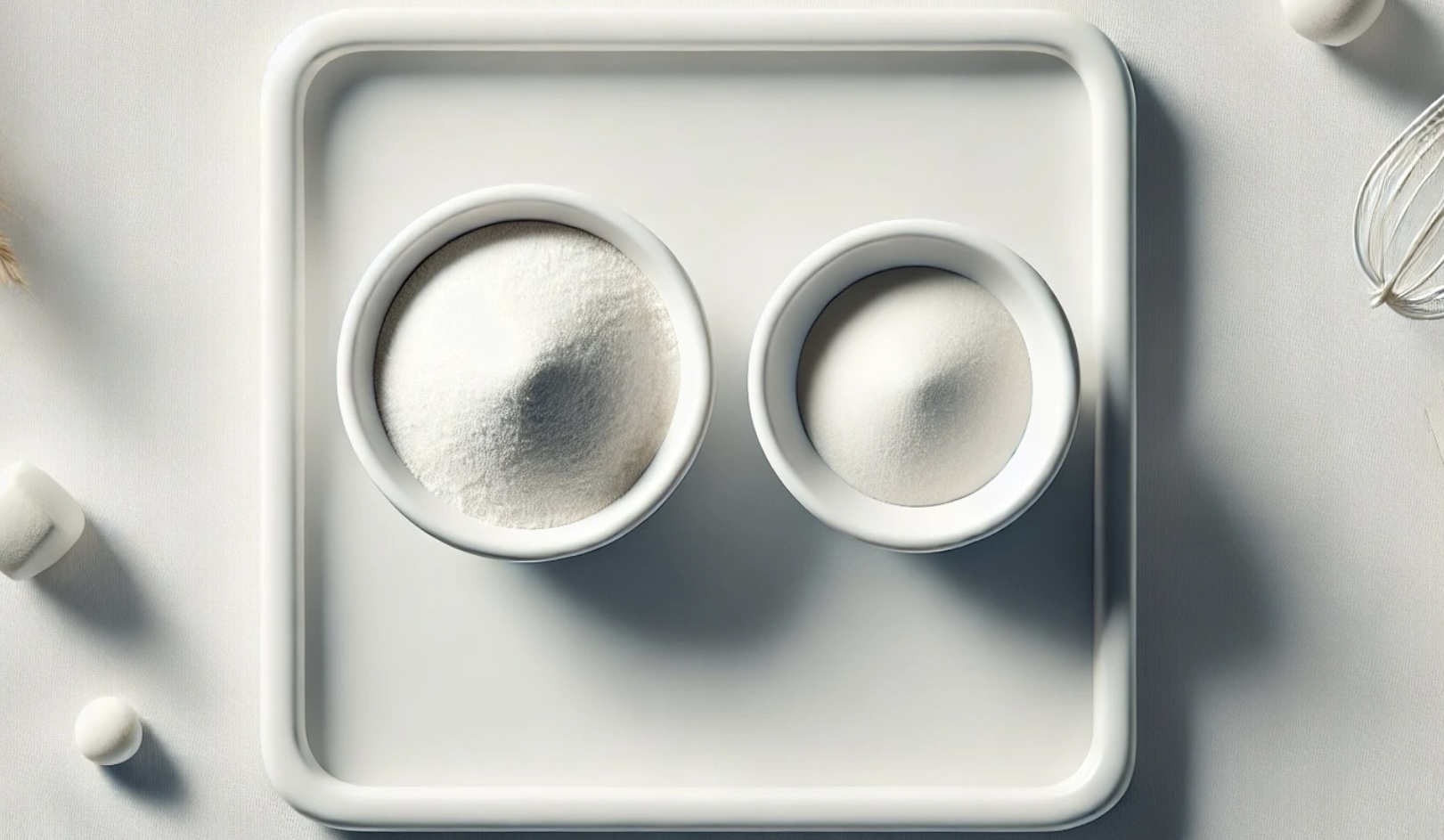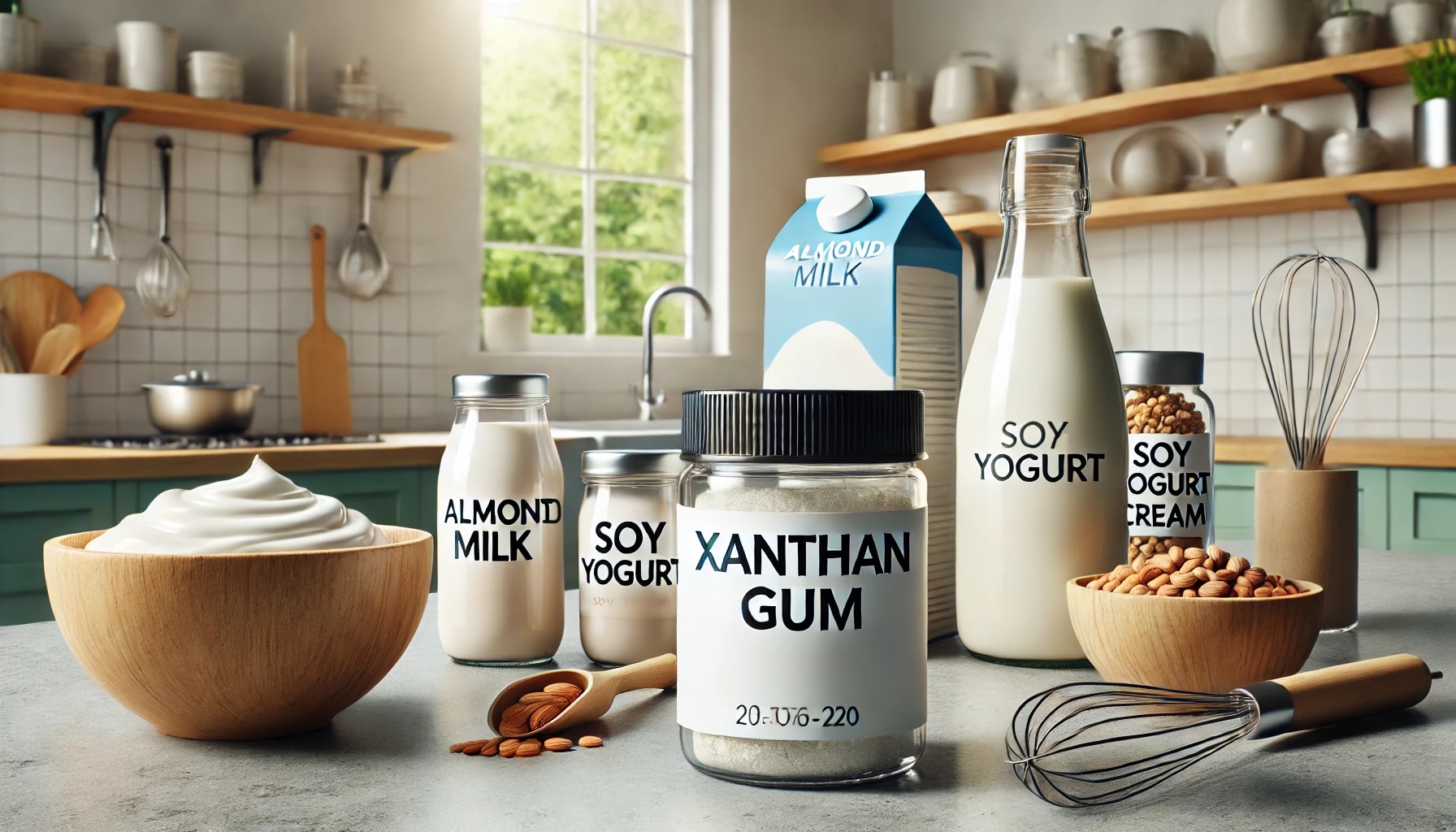What is cocoa powder, and how does its fat content vary?
It is made by grinding cocoa beans into a paste, which is then pressed to remove some of the cocoa butter. The resulting solids are ground into a powder with varying fat contents:
- High-Fat Cocoa: Contains 18-24% fat.
- Medium-Fat Cocoa: Contains 10-17% fat.
- Low-Fat Cocoa: Contains less than 10% fat.
The fat content influences the flavor, texture, and how the cocoa powder interacts with other ingredients.
What are the flavor and aroma characteristics of high-fat cocoa powder?
High-fat cocoa offers a richer taste and enhanced aroma. The higher fat content helps retain volatile compounds, resulting in a more intense and complex chocolate flavor. This makes it ideal for recipes where a strong chocolate presence is desired.
How does the texture of high-fat cocoa powder differ from others?
High-fat cocoa has a creamier texture, providing a smooth mouthfeel. Its higher fat content also improves its emulsifying properties, allowing it to blend more easily with fats and liquids, making it perfect for rich desserts, ganaches, and ice creams.
In what types of recipes is high-fat cocoa powder typically used?
High-fat cocoa is commonly used in:
- Luxury Desserts: Such as premium chocolates, rich brownies, and indulgent confections.
- Beverages: Like hot chocolate mixes where a velvety texture is desired.
Are there any nutritional considerations with high-fat cocoa powder?
Yes, high-fat cocoa has a higher caloric value due to its increased fat content, which might be a consideration for those who are health-conscious or monitoring their calorie intake.
What are the properties of medium-fat cocoa powder?
Medium-fat cocoa offers a balanced taste with moderate aroma. It strikes a good balance between flavor intensity and subtlety, making it versatile for various recipes. Its texture is moderately creamy, and it blends well with fats and liquids, although not as easily as high-fat cocoa powder.
What are the common applications of medium-fat cocoa powder?
Medium-fat cocoa is used in:
- Baking: Ideal for cakes, cookies, and pastries where a balanced chocolate flavor is desired.
- Desserts and Fillings: Suitable for frostings, puddings, and fillings that require moderate richness.
How does medium-fat cocoa compare nutritionally?
Medium-fat cocoa offers a balanced caloric content, providing rich flavor without as many calories as high-fat cocoa . This makes it a good choice for those seeking a middle ground between indulgence and health.
What defines the flavor and aroma of low-fat cocoa powder?
Low-fat cocoa has a milder taste and a lighter aroma. The lower fat content means fewer volatile compounds are retained, leading to a subtler chocolate presence. This makes it suitable for recipes where a less intense chocolate flavor is preferred.
How does the texture of low-fat cocoa affect its applications?
Low-fat cocoa has a drier texture, which can make the final product less creamy and more crumbly. It may not blend as smoothly with fats and liquids, potentially leading to a grainier texture in some applications.
What are the typical uses of low-fat cocoa powder?
Low-fat cocoa is ideal for:
- Dietary Products: Especially low-calorie and reduced-fat products.
- Baking: Light cakes, cookies, and muffins, particularly when combined with other ingredients that provide moisture and richness.
What are the nutritional benefits of low-fat cocoa powder?
Low-fat cocoa is lower in calories due to its reduced fat content, making it a good choice for health-conscious consumers. It often has a higher fiber content, which can be beneficial for digestive health.
How do the flavors of high, medium, and low-fat cocoa compare?
- High-Fat: Rich, intense, and creamy.
- Medium-Fat: Balanced, versatile, and moderately rich.
- Low-Fat: Mild, subtle, and light.
Each type offers a distinct flavor profile, making them suitable for different types of recipes.
How do these cocoa powders differ in texture and mouthfeel?
- High-Fat: Offers the creamiest texture with a smooth mouthfeel.
- Medium-Fat: Provides a moderate creaminess with a balanced texture.
- Low-Fat: Tends to be drier with a crumbly texture, which can affect the final product’s consistency.
What are the best applications for each type of cocoa powder?
- High-Fat: Best for premium desserts, luxury chocolates, and rich beverages.
- Medium-Fat: Suitable for versatile baking, fillings, and general-purpose chocolate products.
- Low-Fat: Ideal for dietary products, light baking, and reduced-fat recipes.
How should I choose the right cocoa powder for my needs?
The choice of cocoa depends on the specific requirements of your recipe:
- For Rich Desserts: Use high-fat cocoa powder to create luxurious, indulgent desserts.
- For Versatile Baking: Medium-fat cocoa powder is a great all-purpose option for various baking and cooking needs.
- For Health-Conscious Choices: Opt for low-fat cocoa powder if you’re looking to reduce calorie intake without sacrificing the essence of chocolate.
What are the key nutritional differences between these cocoa powders?
- High-Fat: Higher in calories due to the rich fat content.
- Medium-Fat: Offers a balanced caloric content with rich flavor.
- Low-Fat: Lower in calories and higher in fiber, making it suitable for health-focused diets.
Why is it important to understand the properties of different cocoa powders?
Understanding the properties of high, medium, and low-fat cocoa powders allows you to make informed decisions based on the specific needs of your recipe or product. Each type offers unique characteristics that can enhance flavor, texture, and overall experience, helping you achieve the perfect result in your culinary creations.

